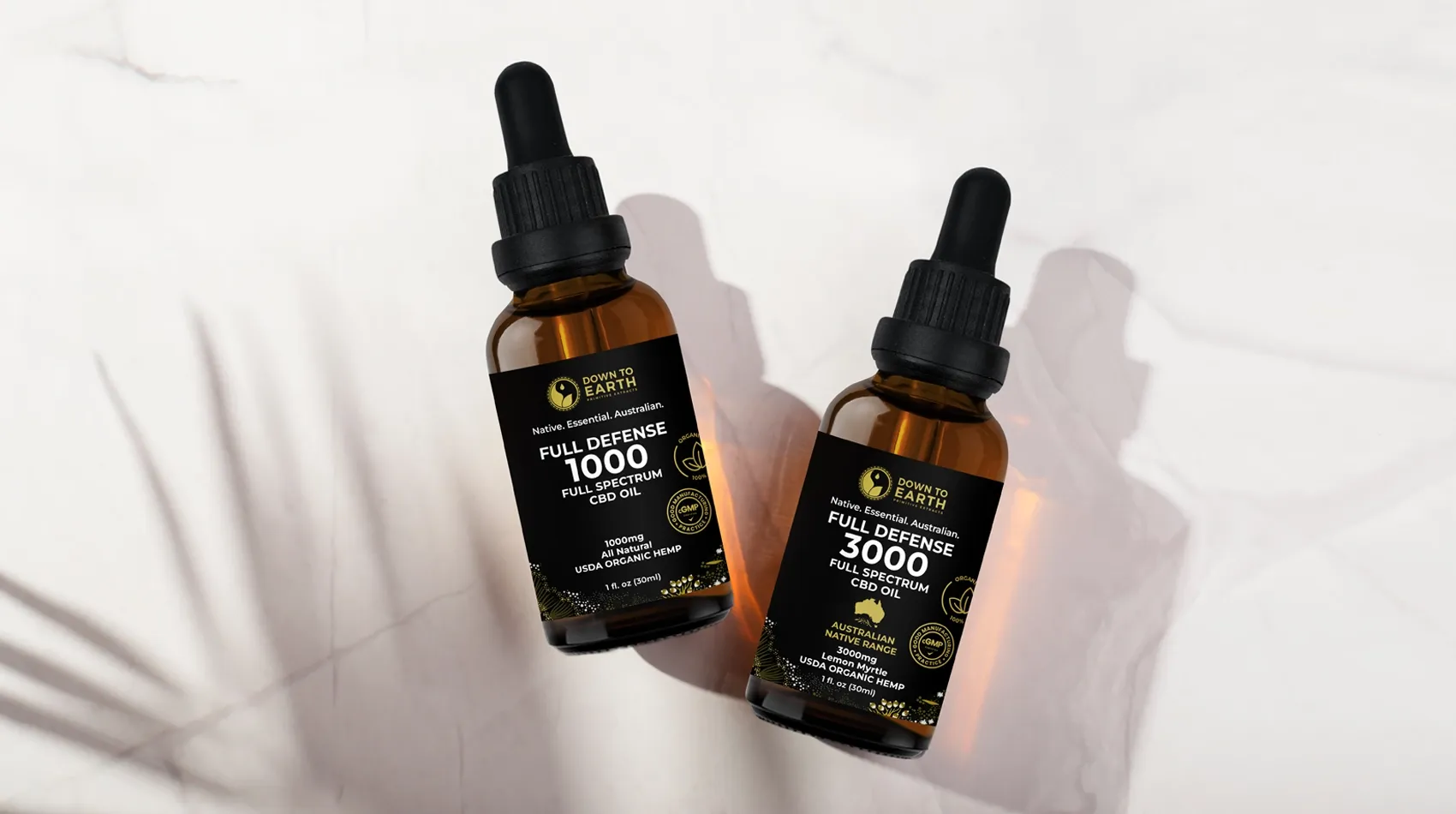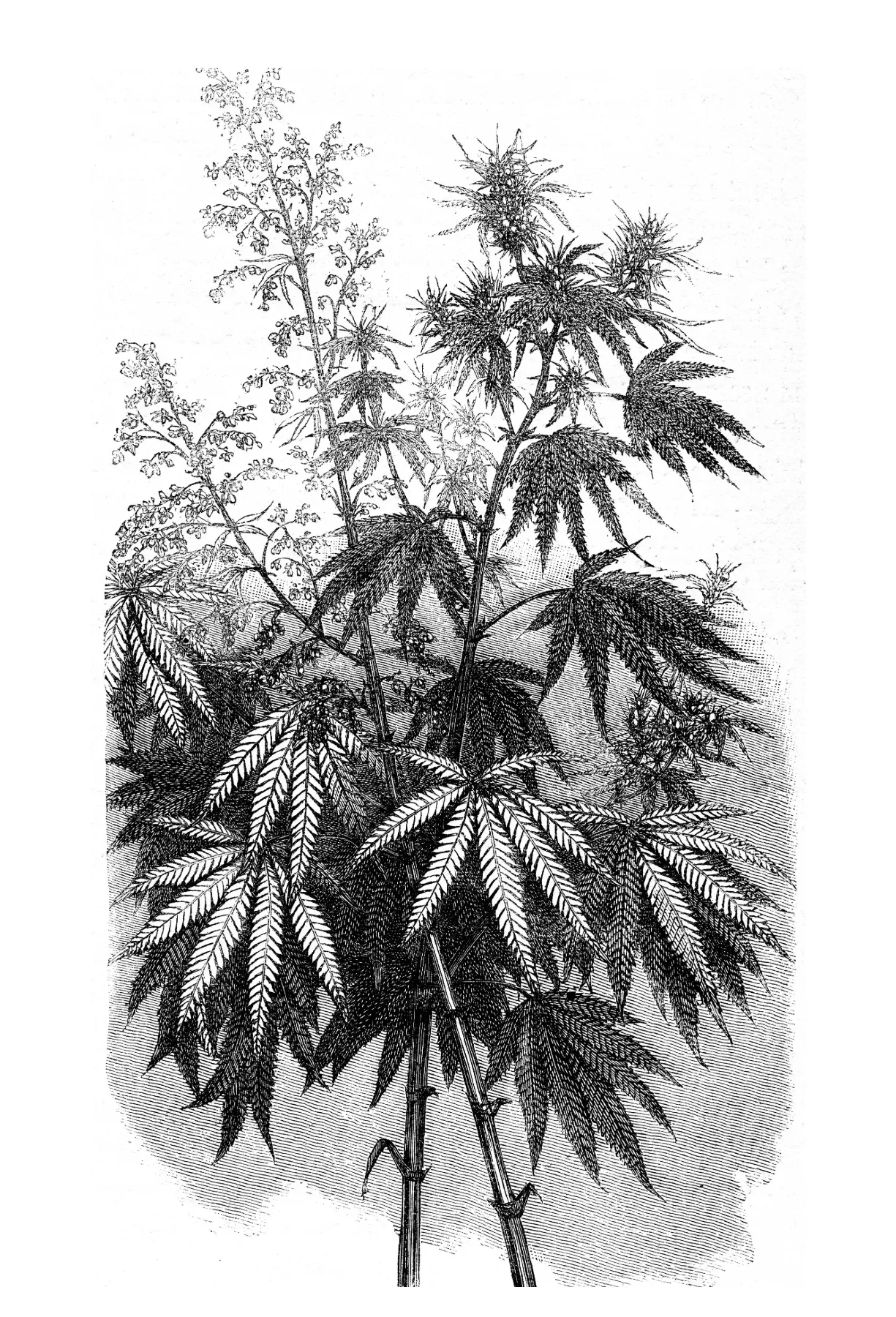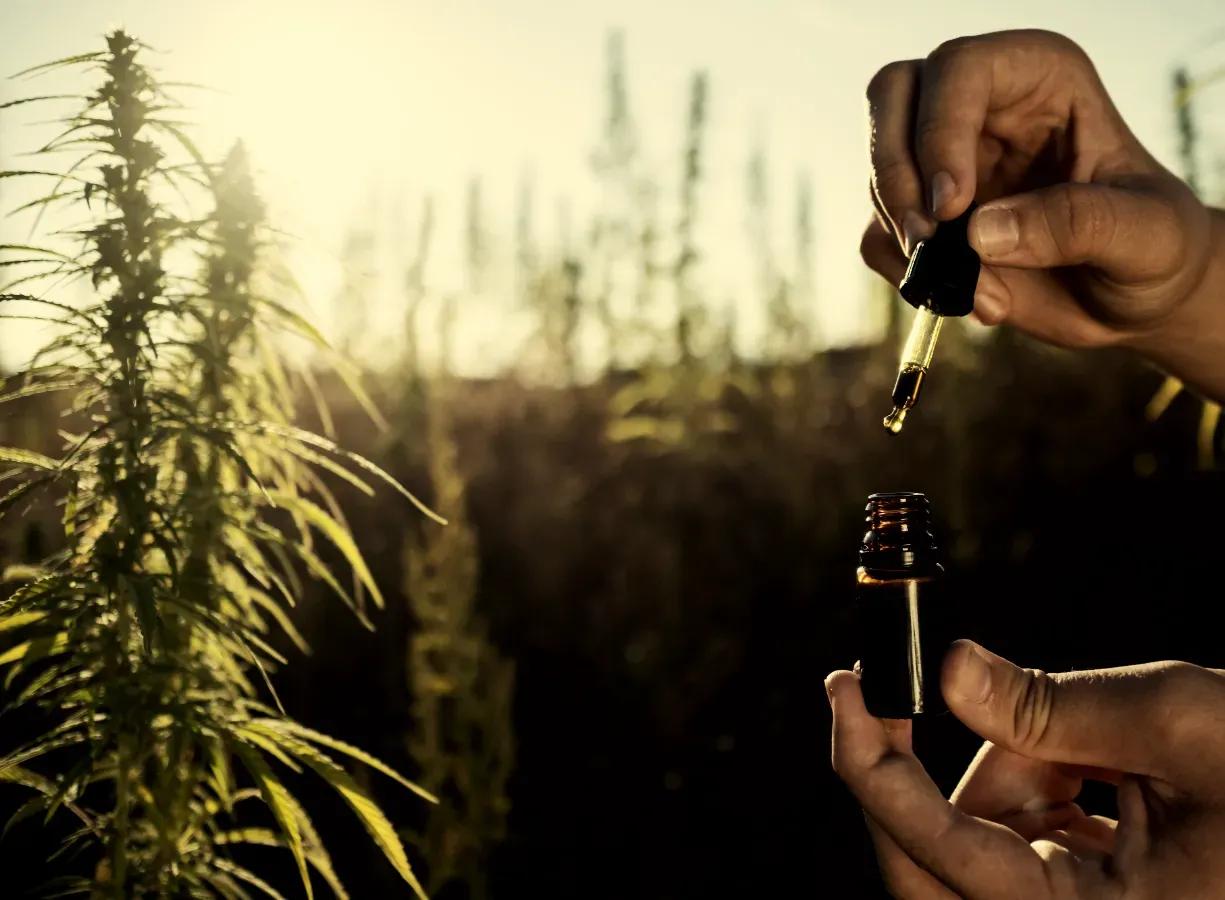

THE GREEN REVOLUTION
WHY CBD?
CBD, or cannabidiol, is a non-psychoactive compound found in hemp that has gained attention for its ability to interact with the body’s endocannabinoid system, which plays a role in maintaining balance in various physiological processes. Unlike THC, CBD does not produce a ‘high,’ making it an appealing option for those seeking to incorporate hemp-derived products into their wellness routines.
CBD is available in a variety of forms, including oils, capsules, gummies, topicals, and teas. It can also be found in nano-form for water-soluble health drinks and sodas. While many people incorporate CBD into their daily routines, it’s important to note that ongoing research is exploring its potential benefits and effects.
As CBD continues to be studied, it remains a popular choice for those looking to support overall well-being in a natural way, without the psychoactive effects associated with THC.

“A very versatile supplement for a broad range of lifestyles.”

IT’S NOT JUST CBD
IT’S A REVOLUTION
A revolution in attitudes and regulations surrounding cannabis, allowing for its use beyond recreational purposes, with a growing interest in wellness applications.
While research into cannabis and cannabinoids has significantly advanced, the scientific journey began in the mid-20th century with the discovery of cannabinoids and the endocannabinoid system (ECS). This marked a pivotal moment in understanding how these natural compounds interact with our bodies.
This green revolution reflects a broader global trend toward natural and holistic wellness, inspired by the desire to live more in harmony with nature. The cannabis plant, rich in potential, is part of this movement, especially as legal frameworks evolve and societal perceptions shift. With the non-psychoactive nature of CBD, we are witnessing a new era in which people are exploring cannabis as part of their wellness lifestyle.
As legalization spreads and the stigma surrounding cannabis diminishes, we are entering a new chapter, and the momentum of this movement is undeniable.

OUR CULTURAL ROOTS
HISTORY OF CANNABIS
The history of cannabis is long and complex, with deep cultural, scientific, and policy significance. Ancient societies in China, India, and the Middle East used cannabis in various ways, including for ceremonial and recreational purposes. By the 19th century, cannabis became a common ingredient in Western formulations. However, concerns about its psychoactive effects and social perceptions led to increased regulation in the early 20th century.
Cannabis has played a significant cultural role, being utilized in rituals and embraced by counterculture movements in the 1960s and 1970s. These movements often symbolized resistance to societal norms. In recent decades, shifting attitudes have spurred legalization and decriminalization efforts in many regions.
Scientific research has also evolved, with researchers in the mid-20th century identifying cannabinoids such as THC and CBD, and the discovery of the endocannabinoid system, which interacts with various bodily functions. This research opened the door to a greater understanding of the potential uses of cannabinoids.
The late 20th century saw the “War on Drugs” implemented in many countries, including the U.S., where cannabis was classified as a Schedule I substance. This had lasting social and economic impacts, especially on minority communities, leading to ongoing debates about the fairness of cannabis prohibition.
Today, cannabis is a rapidly growing industry, with emerging legal markets creating opportunities for innovation and economic growth. While challenges such as regulatory complexity and historical stigma remain, there is also increasing focus on addressing the social impact of previous policies, as society moves toward a new chapter in cannabis history.
“The world of cannabinoids is a kaleidoscope of discovery, with a matrix of potential wellness possibilities.”
GAME CHANGING
WHAT THE SCIENCE SAYS
Cannabinoids and terpenes are chemical compounds found in cannabis and other plants. Cannabinoids, such as delta-9-tetrahydrocannabinol (THC) and cannabidiol (CBD), interact with the endocannabinoid system in the body and can produce effects such as relaxation, improved mood, and increased appetite. Terpenes are aromatic compounds found in cannabis and other plants that influence the flavor and scent of the plant, and may also interact with cannabinoids to produce a range of effects known as the entourage effect. This entourage effect is believed to contribute to the diverse range of effects observed in different cannabis varieties. Research into the interplay between cannabinoids and terpenes continues to uncover the complexities of the cannabis plant and its potential therapeutic applications.
It’s a kaleidoscope of discovery, with a matrix of potential wellness possibilities.

EXPERIENCE THE CHANGE
UNIQUE PROPERTIES
CBD is available in various product forms designed to cater to different preferences. These include CBD oils, capsules, edibles, topicals, isolates, pet products, and skincare items.
CBD is often combined with essential oils and terpenes to create a more well-rounded product experience. Each of these elements can contribute unique properties:
- CBD (Cannabidiol) – Interacts with the body’s endocannabinoid system, contributing to various physiological processes such as relaxation and balance.
- Essential Oils – Known for their aromatic and soothing properties, essential oils can add complementary benefits when combined with CBD, creating an enhanced sensory experience.
- Terpenes – These fragrant compounds found in plants add distinct aromas and flavors to products and may play a role in creating the “entourage effect,” where multiple plant compounds work in harmony.
The potential for synergy between CBD, essential oils, and terpenes is an exciting area of exploration, as combining these natural compounds may lead to unique experiences. However, individual results may vary depending on product formulation, concentrations, and personal factors. Ongoing research into the entourage effect continues to build our understanding, though consumers are encouraged to choose reputable products from trusted sources.
UNIQUE CBD PRODUCTS
TRY CBD OILS, GUMMMIES AND SKINCARE DESIGNED WITH AUSTRALIAN PLANT EXTRACTS FOR ENRICHED WELLNESS.